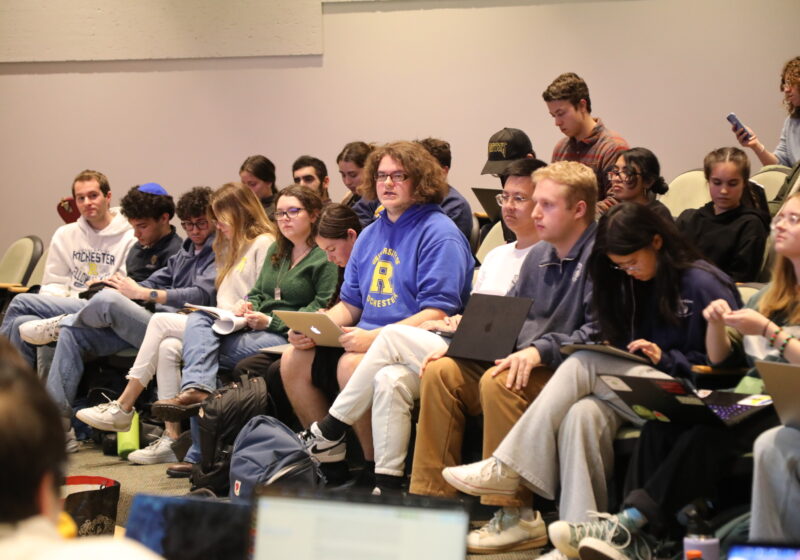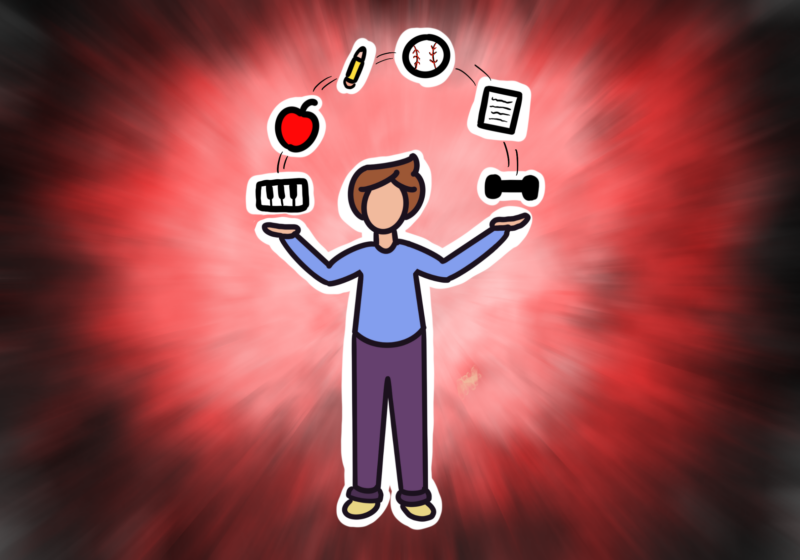Throughout history many movements have been characterized by symbolism – the women’s liberation movement by its burning bras and the black power movement by its raised, clenched fists are two examples.
Steeped in symbolism today is the gay rights movement, and perhaps the most prominent of its symbols is the rainbow. For many, the rainbow has become a symbol that sets gays and lesbians apart from the rest of society. In truth, however, the rainbow has always been a symbol of love, unity and also diversity.
The first appearances of the rainbow as a unifier is found in the religious teachings of Christianity, Judaism and Islam.
In Genesis, following the flood, a rainbow appeared in the sky and God said, “I do set my bow in the cloud and it shall be for a token of a covenant between me and the Earth.”
Some Christians thus interpret the rainbow to be a symbol of God’s love and his promise never to destroy the earth. In the Islamic tradition, God created people out of earth of seven different colors. For many this symbolizes the idea that the earth belongs to people of all races. Just as the seven colors in a spectrum come together to form one light, everyone must join together to form one human race.
Perhaps this is the logic Jesse Jackson was following when he founded his Rainbow Push Coalition. According to its Web site, “the RPC is a progressive organization fighting for social change. The American Dream is one big tent of many cultures, races and religions. Under that tent, everybody is assured equal protection under the law, equal opportunity, equal access and a fair share. Our struggle demands that we open closed doors, extend the tent and even the playing field.”
It is no coincidence that the RPC has chosen to fashion this tent with rainbow fabric.
This year marks the 25th year of the rainbow as a symbol for gay, lesbian, bisexual and transgendered people. In 1978 Gilbert Baker, a young man living in San Francisco, wanted to create a flag that he felt would embody everything that “gays, lebians, bisexuals and transgendered people are and all that we can be.”
The original flag consisted of eight different colors – hot pink, which symbolized sexuality, red symbolizing life, orange for healing, yellow representing the sun, green, a symbol of nature, blue representing art, violet representing the spirit, and turquoise representing harmony. At that time, hot pink was not commercially available, thus that color was removed from subsequent versions of the flag. Turquoise was removed for purposes of symmetry when the flag was carried through the streets of San Francisco following the death of Harvey Milk, who was San Francisco’s first openly gay supervisor.
Since that time, the flag has become one of the most prominent symbols of GLBT people.
Whatever one’s personal feelings may be on the subject of homosexuality, the rainbow is meant to represent unity, not division. One may hold the rainbow in high esteem for religious reasons, while others may hold it as their “tribe’s talisman,” as Baker described his flag.
The Eastman Pride Network’s decision to distribute rainbow ribbons was not to set anyone apart because of their sexuality or even their beliefs regarding homosexuality. The goal was to remind us all that, above everything else, we should stand united as one human race – what better way to do that than with a rainbow?
Haynes can be reached at ahaynes@campustimes.org.



